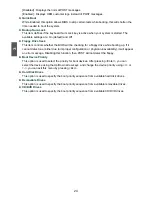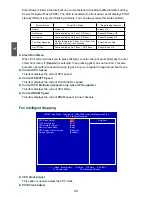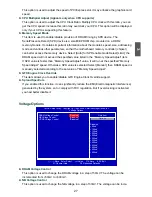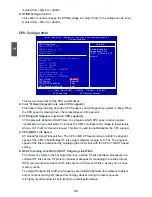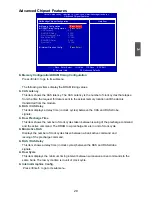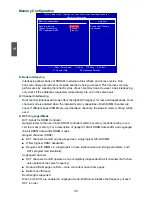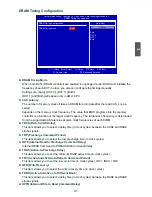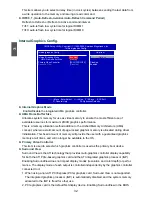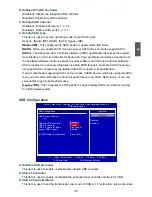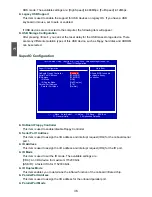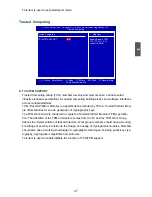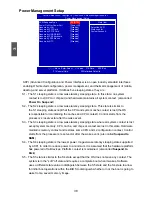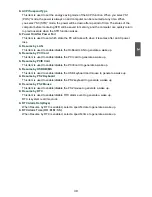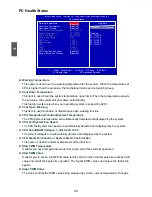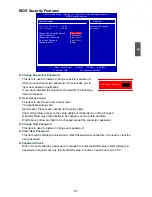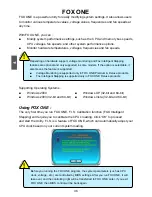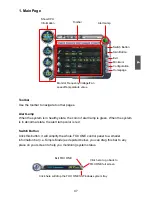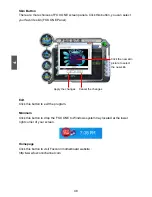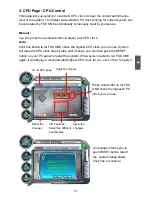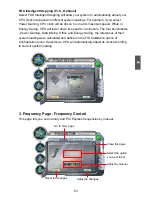
38
3
Power Management Setup
CMOS Setup Utility - Copyright (C) 1985-2008, American Megatrends, Inc.
Power Management Setup
ACPI Suspend Type
[S3 (STR)]
Help Item
Power On After Power Fail
[Power Off]
Resume by LAN
[Disabled]
Select the ACPI
Resume by PCI Card
[Disabled]
State used for
Resume by PCIE Card
[Disabled]
System Suspend.
Resume by USB KB/MS
[Disabled]
Resume by PS2 Keyboard
[Disabled]
Resume by PS2 Mouse
[Disabled]
Resume by RTC
[Disabled]
↑↓←→:Move Enter:Select +/-/:Value F10:Save ESC:Exit
F1:General Help F9:Optimized Defaults
[S3 (STR)]
ACPI (Advanced Configuration and Power Interface) is an open industry standard interfaces
enabling OS-directed configuration, power management, and thermal management of mobile,
desktop, and server platforms. It defines five sleeping states, they are :
S1 - The S1 sleeping state is a low wake latency sleeping state. In this state, no system
context is lost (CPU or chip set) and hardware maintains all system context. (also called
Power on Suspend
)
S2 - The S2 sleeping state is a low wake latency sleeping state. This state is similar to
the S1 sleeping state except that the CPU and system cache context is lost (the OS
is responsible for maintaining the caches and CPU context). Control starts from the
processor’s reset vector after the wake event.
S3 - The S3 sleeping state is a low wake latency sleeping state where all system context is lost
except system memory. CPU, cache, and chip set context are lost in this state. Hardware
maintains memory context and restores some CPU and L2 configuration context. Control
starts from the processor’s reset vector after the wake event. (also called
Suspend to
RAM
)
S4 - The S4 sleeping state is the lowest power, longest wake latency sleeping state supported
by ACPI. In order to reduce power to a minimum, it is assumed that the hardware platform
has powered off all devices. Platform context is maintained. (also called
Suspend to
Disk
)
S5 - The S5 state is similar to the S4 state except that the OS does not save any context. The
system is in the “soft” off state and requires a complete boot when it wakes. Software
uses a different state value to distinguish between the S5 state and the S4 state to allow
for initial boot operations within the BIOS to distinguish whether or not the boot is going to
wake from a saved memory image.

